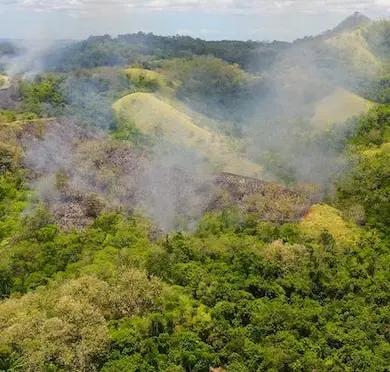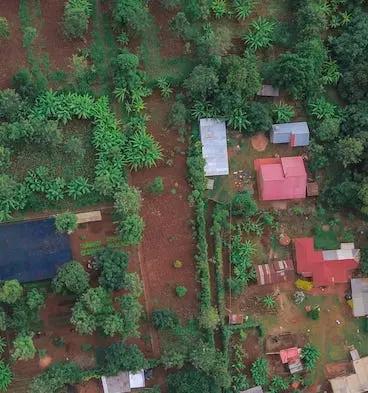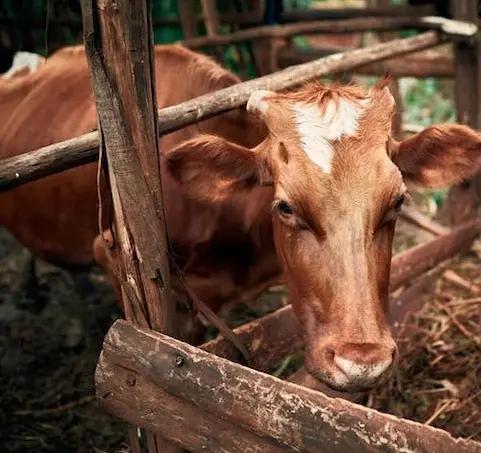Is planting trees (always) a good idea?
In recent years, huge tree-planting projects have been announced. They are popular, reported in many media channels and often have staggering numbers. However, there are limits to these activities, because if it is true that planting trees is good for the planet, it is even more true that doing it incorrectly can create enormous damage to ecosystems, water supplies, agriculture and even people. Artificial forests (with only one or a few non-native species) impoverish local biodiversity, transform entire ecosystems and put the water reserves of entire regions at risk. Finally, massive planting of trees on large plots of land triggers a social conflict between trees and agriculture (which is necessary for food sustenance).
Planting trees is therefore not (always) a good idea, especially when large-scale planting activities divert attention and focus from other priorities such as protecting existing forests, reducing the use of fossil fuels, and preserving and restoring other natural ecosystems.
But if we plant the right tree, in the right place, for the right purpose, we can achieve extraordinary results for the environment, the planet and local communities.

Ancient solutions for modern problems
To find a sustainable long-term strategy, we have to understand that our planet is an extremely complex system and it is essential to reconcile the needs and requirements of all those involved.
For example, the destructive pressure, exerted to a large extent by the local populations themselves, on primary forests stems from some very simple needs: the sale of valuable timber sought after by international markets (mahogany, teak, rosewood, etc.), the sourcing of fuel (firewood) for cooking, heating or water heating, and the need to expand agricultural land and/or pastures that are now fully exploited and rendered sterile by intensive monocultures.
This latter need, in particular, is often the source of many of the fires ravaging the tropical belts, which use practices such as “slash and burn” to clear land and make it temporarily more fertile with the ashes of the fires that are started. As is often the case, modern problems can be solved using solutions with very ancient roots.
One answer to these needs (income, fuel, fertile soil) is agroforestry, often defined as "tree cultivation" though in reality, it is much more than that. Agroforestry is essentially the integration of tree cultivation within agricultural environments. It is a practical and low-cost means of implementing many forms of sustainable natural resource management, promoting long-term, sustainable and renewable forest management, especially for small-scale producers.
Creating an agroforestry system actually means cultivating a heterogeneous combination of trees, shrubs and seasonal crops, sometimes alongside livestock farming.
Although the modern concept of agroforestry emerged in the early 20th century, the use of woody perennials in agricultural systems is ancient, with written descriptions of the practice dating back to Roman times. Indeed, the integration of trees with crops and animals is a long-standing tradition throughout the world.


The advantages of an agroforestry system.
The advantages of an agroforestry system.

An agroforestry system can increase profitability in several ways:
1. The total production per unit of tree/crop/livestock is greater than that of each element taken individually;
2. Crops and livestock, protected from the damaging effects of sun, wind, heavy rain and extreme weather events, become more productive;
3. The new products contribute to the multiplication and diversification of farmers' income;
4. Tree pruning provides small quantities of wood for use as fuel.
As far as the environment is concerned, the benefits are numerous:
1. Long-term carbon uptake;
2. The enrichment of soil fertility and its maintenance in the long term
3. The conservation of biodiversity;
4. Improvements in air and water quality.
5. The reduction of destructive pressure on primary forests
